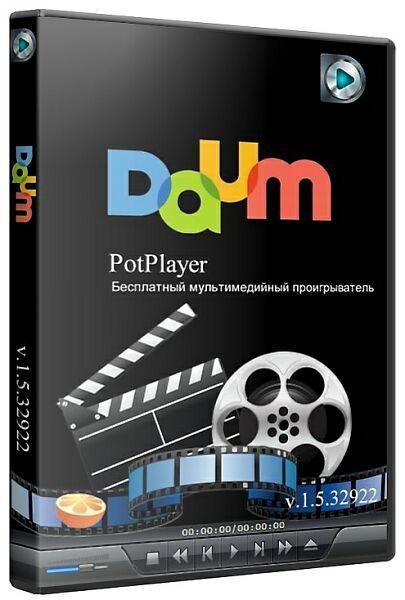

It is also possible to save and load playlists. You can add media files to a playlist, on the right side of the interface, with standard browsing options or by dragging and dropping the files. All important options, from playback controls to various equalizers, are placed right in front of you. It should not take long to get used to the layout of the main user interface. Besides installing the software itself, you can also install additional visualizations, include PotPlayer live files and associate the player with all supported media files or only important ones. It works on all modern Windows platforms and it can be installed in less than a minute. Like most media players, Daum PotPlayer is absolutely free. You may create several playlists, apply various filters on videos and much more. It supports all popular media formats and it provides numerous features. As of 2022, the software no longer installs adware or shows ads.Although there is no shortage of media players on the Internet, it can be a bit difficult to decide which one to use most of the time. The player also started showing ads in its lower right-hand corner. In 2019, some versions of PotPlayer began to be bundled with third-party software, causing concerns from its user community however, the installers allowed users to opt-out before the extra software was installed. LifeHacker observed that PotPlayer's quantity of options was one of its biggest weaknesses-"It has many different settings which unfortunately makes wading through the checkbox-laden settings menu kind of a pain" -and that its options menu was "confusing". PotPlayer's reception has been positive with reviewers complimenting its wide range of settings and customizations, its lightweight nature and its support for a large variety of media formats. It competes with other popular Windows media players such as VLC media player, mpv (media player), GOM Player, KMPlayer, SMPlayer and Media Player Classic. PotPlayer is a multimedia software player developed for the Microsoft Windows operating system by South Korean Internet company Kakao (formerly Daum Communications). Arabic, Armenian, Azerbaijan, Belarusian, Bulgarian, Catalan, Chinese (Simplified and Traditional), Czech, English, French, German, Greek, Hebrew, Hong Kong, Hungarian, Indonesian, Italian, Japanese, Korean, Kurdish, Persian, Polish, Portuguese, Russian, Serbian, Spanish, Swedish, Tajik (Cyrillic), Thai, Turkish, Ukrainian, Uzbek (Latin)


 0 kommentar(er)
0 kommentar(er)
